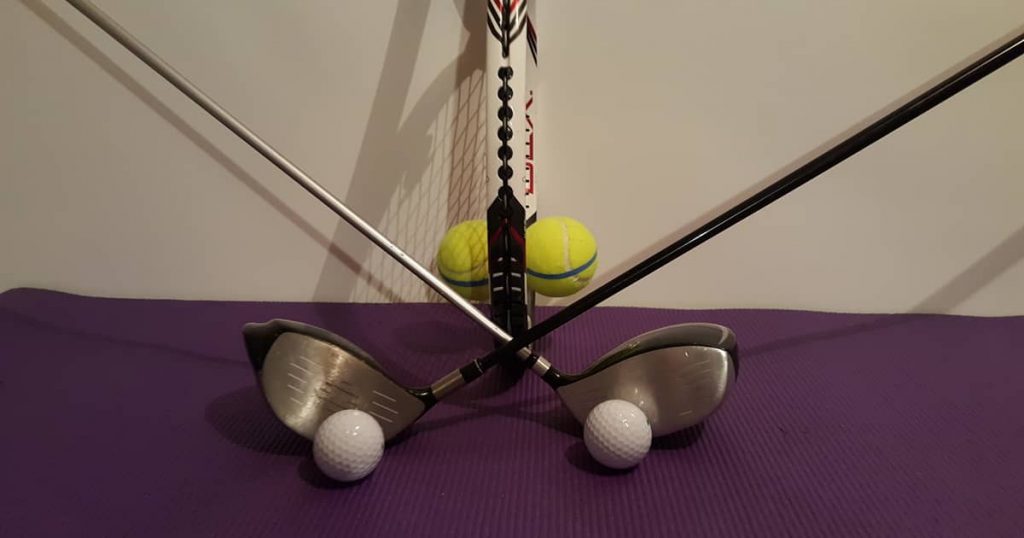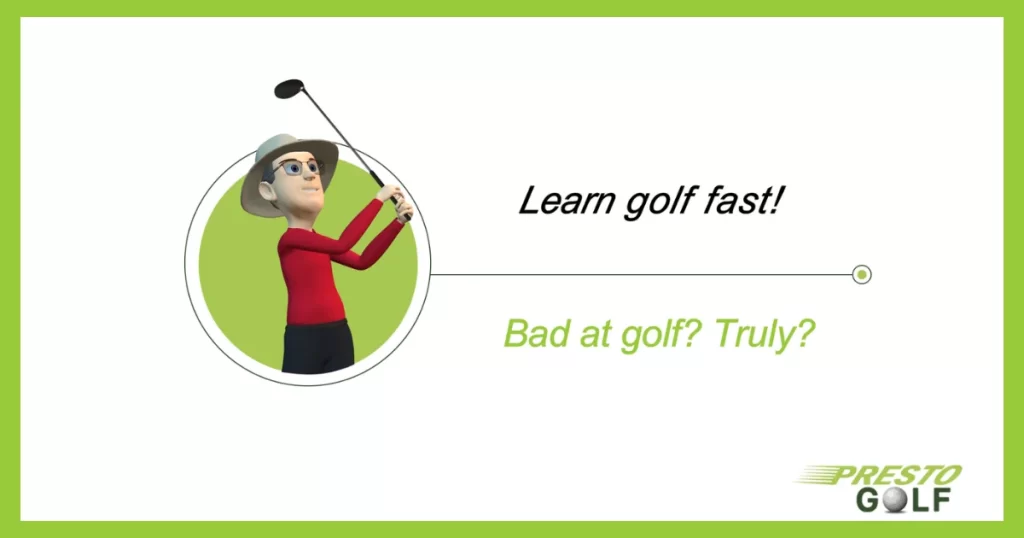Will you be playing from the left or right in golf?
In tennis, any racket can serve both left-handed and right-handed players, because both sides are identical. But in golf, both sides of the club head are different. So you have to make a choice before buying your equipment: left or right handed golf set.
In general, left-handed people in life will also be lefty in golf, but exceptions abound. We all know people who are right-handed for some activities but left-handed for others. In fact, hockey players and tennis players have a hard time choosing.
Nadal, a right-hander in life, plays tennis on the left, because his dominant eye, like his brain, is the left. This allows Nadal to have a very precise forehand, but also a very powerful backhand. This gives him a clear advantage over his opponents.
The myth of the best side for golf
That said, the only real opponent in golf is the golf course itself. Some claim that golf courses are generally designed to make it easier for right-handed golfers. I do not believe that, because golf architects like to place hazards in the busiest places. This is the interest of this exciting game: avoid obstacles. For example, there is often a bunker where the most frequent shot of the right-handed player lands: the slice. And right-handers account for 90% of golfers.
Personally, I am left-handed in hockey, right-handed in tennis, ambidextrous to hit baseballs. Nevertheless, as I throw with my right hand in all ball sports, I have adopted the right for golf. Yet, I can hit golf shots with a left-handed club to help my left-handed students better “visualize” their own swing. And the result is not so bad, though less powerful.
Confused? I would be if I were you.
A. Left or right in golf? Some tips to help you choose
Despite this confusion, one side will feel more natural than the other to you. So here are some tips that will help you determine that natural side.
Two generally agreed upon tips
- The drive leg: On which leg do you tend to get support in case of loss of balance? Standing up as a soldier in the state of attention, ask someone to push you in the back. If it is the left leg that you throw first forwards, you are probably right-handed. Conversely, if your right leg is the first leg forward, chances are you’re left-handed. Your drive leg will be the one you will be leaning on when the club head hits the ball. This leg gives a lot of balance and, therefore, consistency, which is an undeniable asset in golf.
- The more powerful side: Power gives any golfer an edge. Nevertheless, this advantage is often overestimated, especially among amateurs. Power gives the ball an effect that can deflect it to the left or right side. As a result, your tee shot may end up in a lateral hazard or, worse, a woodlot. What’s more, this lateral deviation makes you lose some distance. Power is a double-edged sword. Moreover, the vast majority of golf shots are very short. Improving your short game is a better idea, as confirmed by this famous saying: “Drive for Show, Putt for Dough”.
Two controversial tips
- The dominant eye: In golf, the subject of the dominant eye, or guiding eye, is a controversial one. Some coaches advise to play on the side of your dominant eye. However, Jack Nicklaus played all his life right-handed despite a dominant left eye. In my opinion, the argument of the dominant eye does not weigh heavily in the balance. All that Jack had to do is turn his head slightly to the right to stare the ball with his left eye before swinging his club.
- The dominant brain: Whether left-handed or right-handed, one of your brain hemispheres is more dominant than the other. Again, choosing a side to play golf based on your dominant brain is not unanimous. Either way, you will need them both to hit every golf shot.
If you do not have a choice
- The more fit side: I have often come across golfers who have chosen a side based on their physical limitations. And these golfers did not complain. Think of war amputees playing golf, sometimes with one leg and one arm only. Think of Phil Mickelson, an excellent left-handed golfer, who is a true righty. It was to face his right-handed father during practices that Phil deliberately chose to play left-handed.
In short, tips 1 and 4 are more important than tips 2 and 3. That said, it may be that this last tip prevails for health reasons (physical limitations or chronic injuries).
B. Left or right in golf? My best tip to help you choose
To my beginners who wonder if they are left-handed or right-handed golfers, I often suggest they try both sides. On purpose, I often first offer a left-handed club to those I suspect to be right-handed, and vice versa. Then, without any instructions from me, I ask them to grip the club and swing it.
By seeing which hand is under the other and what side is their takeaway from, I have two good clues. I repeat the procedure with a club on the opposite side, which allows me to compare their degree of comfort for both sides. Their comments and body language very often confirm these clues. Otherwise, I let them alternate between the two sides after having shown them the correct grip for the left and the right. They are quick to choose what they like the most.
Simply put, it is all about choosing the side where you will feel most comfortable learning golf. The pleasure that will result will stimulate you to persevere. It really is the perseverance and the quality of your practice sessions that will make you a good golfer. In any case, many golfers regularly change sides; they sometimes end, by dint of perseverance, to play better on the new side.
Conclusion
In the end, left-handed or right-handed, every golfer adds five years to his life expectancy. You will always win, no matter which side you play golf from!


